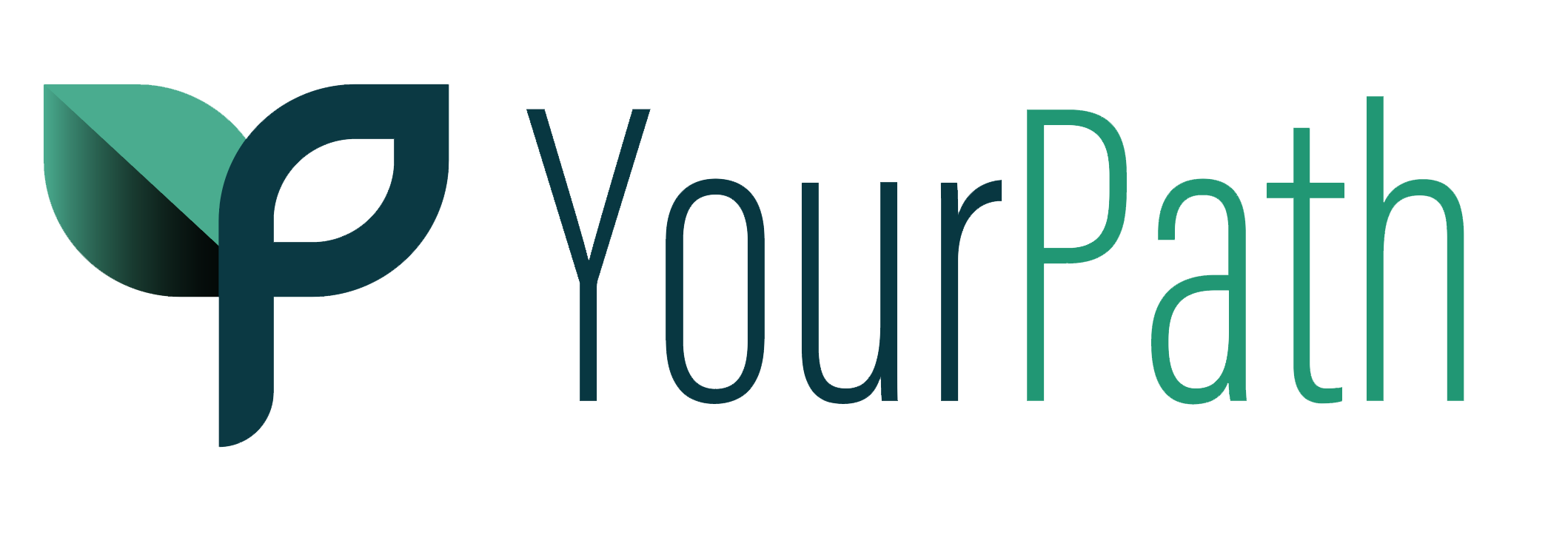On Twelve Step Facilitation
“What do we do here?”
I asked that question to one of my old clinical leaders once. I was frustrated and being a gadfly, I know. I had been concerned about the muddy thinking around our theoretical orientation and “clinical approach” for years at this point. The answer was one that is commonly heard in the treatment field, and it is totally unacceptable.
“Well, we do a little MI (motivational interviewing), a little CBT, some Twelve Step Facilitation and are really invested in process groups,” he said.
What little regard I had for self preservation prevented any more questions…
When you pop the hood, there is literally no way that these things are working together cohesively. Individual clinicians are essentially running with whatever whim suits them that week. I used to joke that I could do therapy based on bloodletting and the smooth sounds of Sam Cooke and as long as nobody complained, I’d be golden.
This is the biggest problem with our field. Quality is a marketing concept, not a way of life. While the entire field needs major change, the abstinence-based, 12-Step portions of the industry have demonstrated an inertia that is unique. The ideological resistance to advancing person-centered, science-based approaches to care is more present here than with any other flavor of theoretical orientation. The biggest pushback to this critique in my experience relies on conflating the mishmash of ideas I referenced above with the data driving the outcomes in Twelve Step Facilitation, an evidence-based practice (EBP).
And, here’s the deal….
The vast majority of places that do “12-Step-based” treatment don’t do TSF.
“We have people go through steps 1-5 in primary care…” That’s not TSF.
“We have people attend meetings while they are in here…” That’s not TSF.
“All of our counselors are in long-term recovery and we connect people with spiritual principles…” That’s not TSF!
From massive, well-known systems to little mom-and-pop treatment operations, the field of SUD treatment and behavioral health is filled to the brim with folks who claim they use an EBP, but really just mash together some words and things that they think might work and call it good.
TSF is a structured, manualized, EBP, based on adherence to a specific structure, theoretical orientation and curricula.
I used to manage the department that would train individuals and systems on implementation of TSF. Joe Nowinski — one of the developers of the model studied in Project MATCH — was sent to train folks on the curricula. I can’t tell you how many times executives and clinical directors would tell our team that they used TSF, but they were not familiar with the curricula or the evidence base for this approach. The field’s inability — or unwillingness — to align along quality standards is at least partially driven by the same phenomenon that drives this muddy thinking.
While the lack of specificity or clarity of thought is not exclusive to TSF, this conflation of 12-step approaches and TSF provides a lot of the cover for inconsistent treatment across the country and world. Project MATCH, the large treatment-matching study that measured the relative efficacy of Motivational Enhancement Therapy (MET), TSF, and Cognitive-Behavioral Therapies, has taken a lot of lumps over the years. Critics say it was poorly-designed, it was overly-focused on people whose main issue was alcohol, and that it doesn’t represent the real world in recovery or addiction treatment services.
Points taken.
My view is that this research showed TSF is a wonderful approach to treatment for people who desire to be abstinent and connected with 12 Step groups. I also find that the focus on “acceptance” and “surrender” has the ability to harm a portion of the population for whom those concepts are unpalatable, especially in a setting with poorly-trained and under-equipped clinicians unfamiliar with helping to translate recovery concepts. In lieu of effective, ethical informed-consent processes, what we get is a one-size-fits-some treatment masquerading as something personalized. We get recently-graduated clinicians with little life experience — and typically no recovery experience — attempting to implement an approach that is often a tough sell. And, that is the best-case scenario.
TSF, more than anything, just wasn’t designed for the presentation we see every day. It requires an amount of self-regulation that we rarely see with people with opioid, methamphetamine or polysubstance use disorders. It requires an amount of stability among social determinants of health that we rarely see, and an amount of insight that is nearly non-existent. That said, the best piece of this approach is the connection to a recovery community and explicit, behavioral focus on making the most of community recovery supports.
If this approach were less-focused on abstinence, more person-centered, and had a simpler, more behavioral focus, it would be The Jam. Then again, if my grandmother had wheels, she’d be a bicycle…
